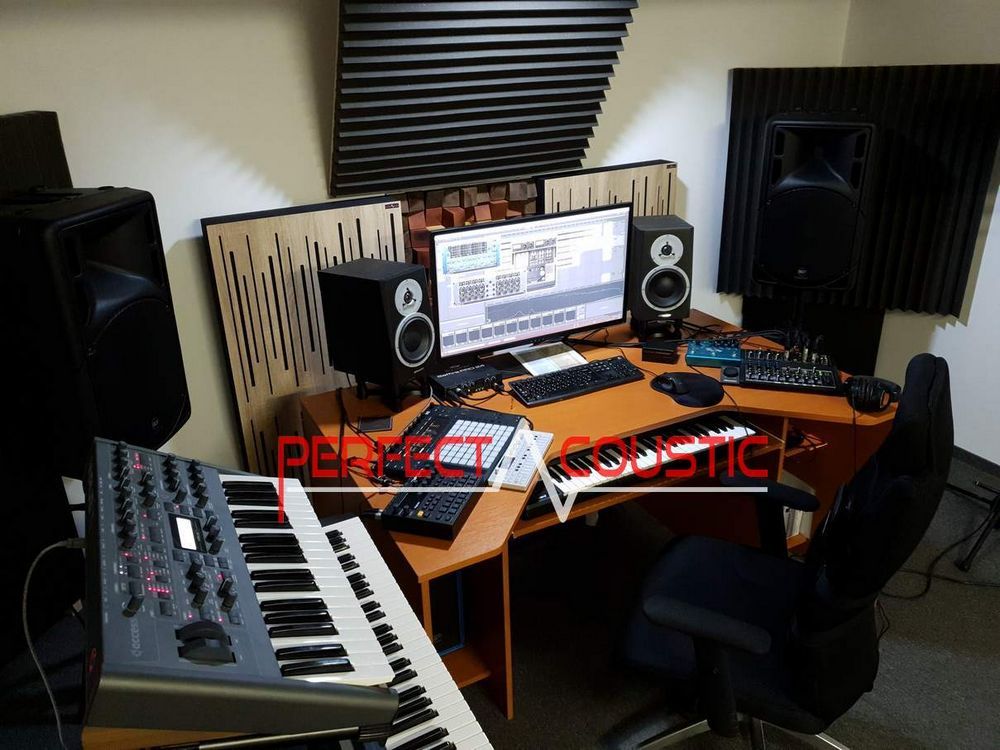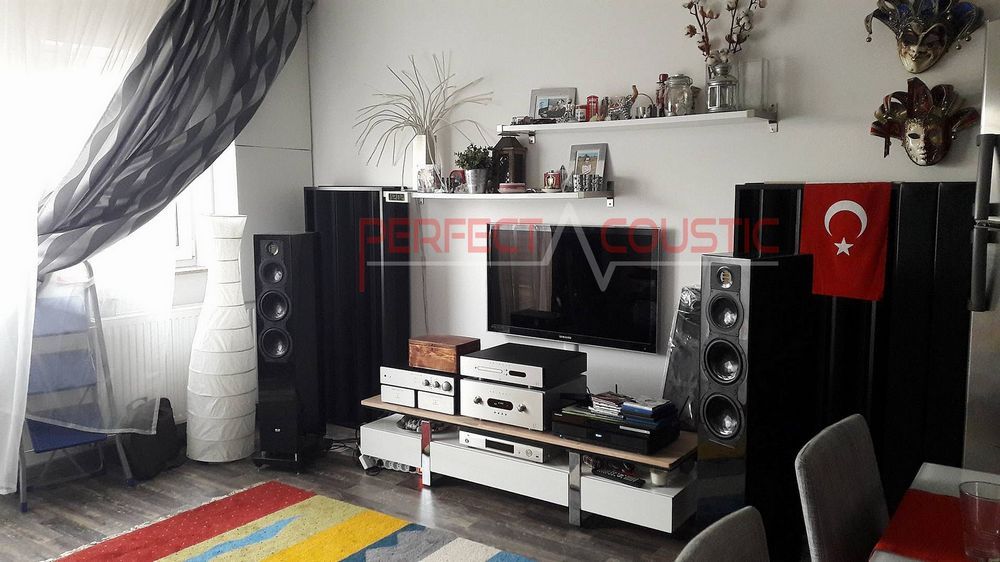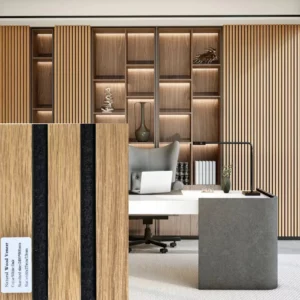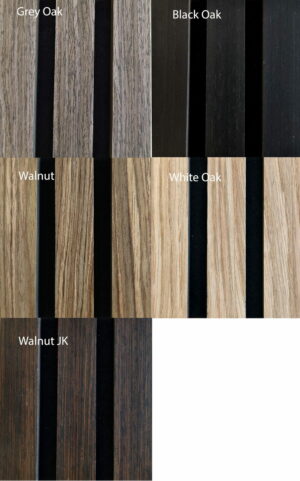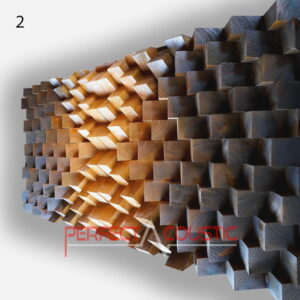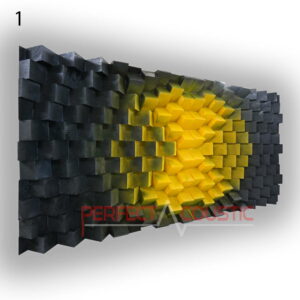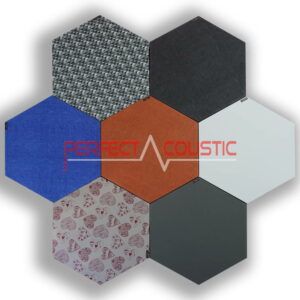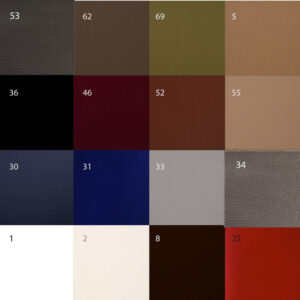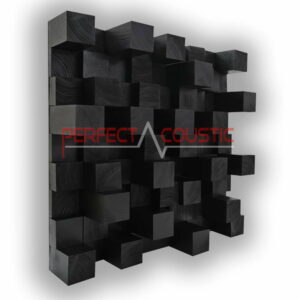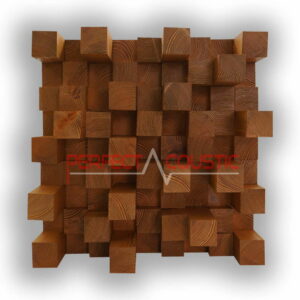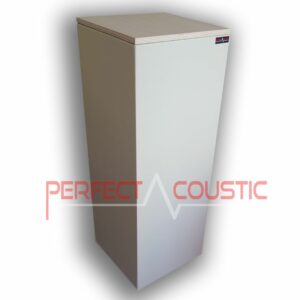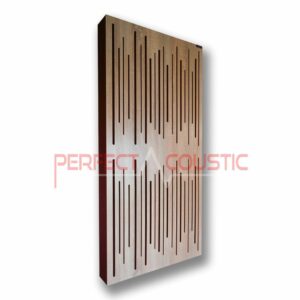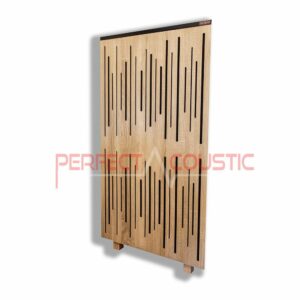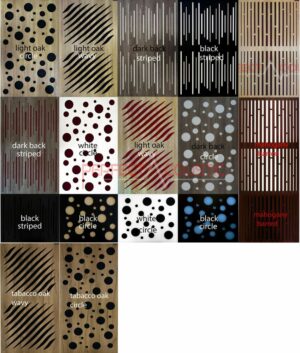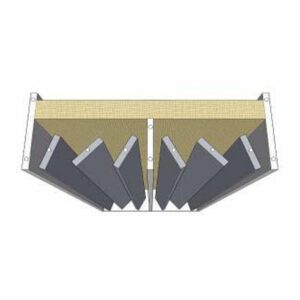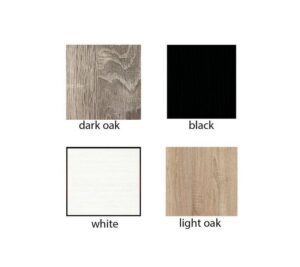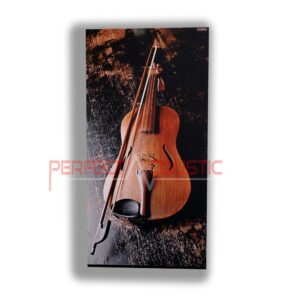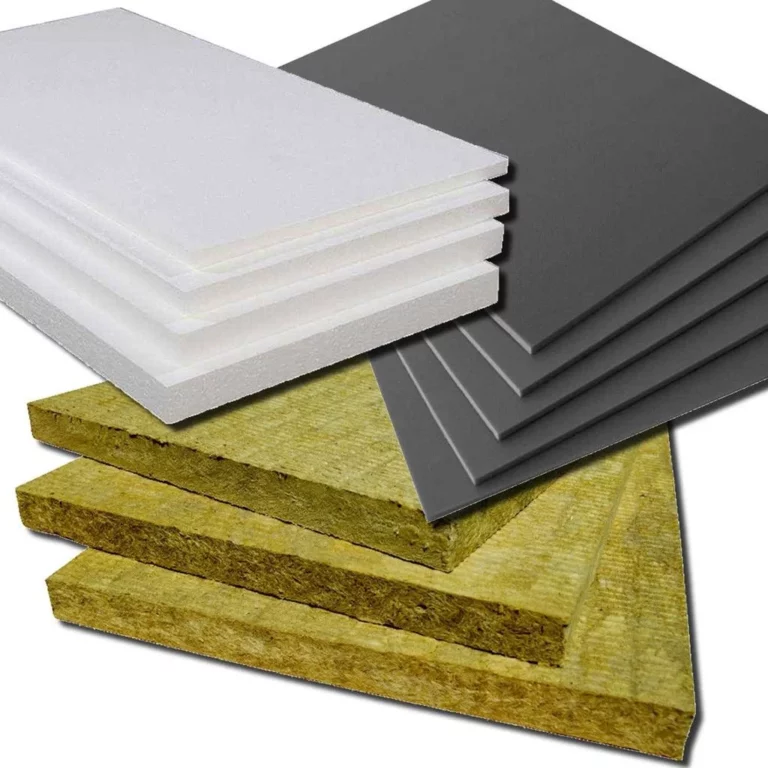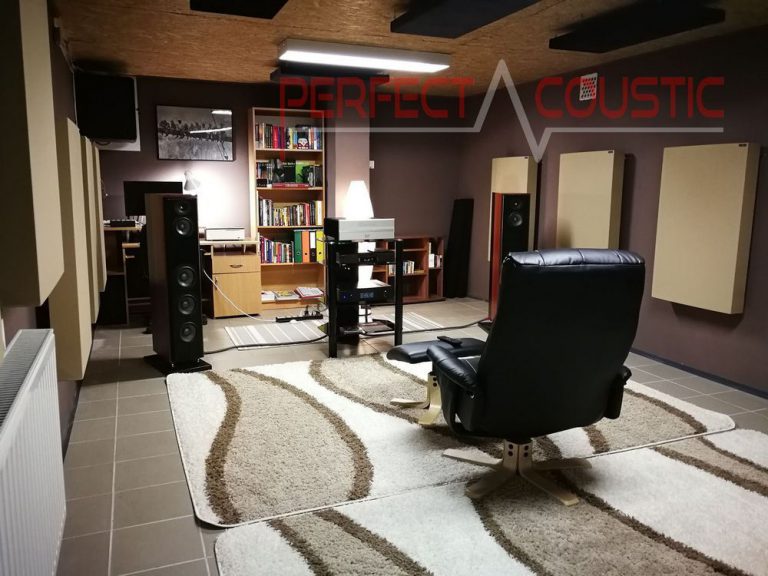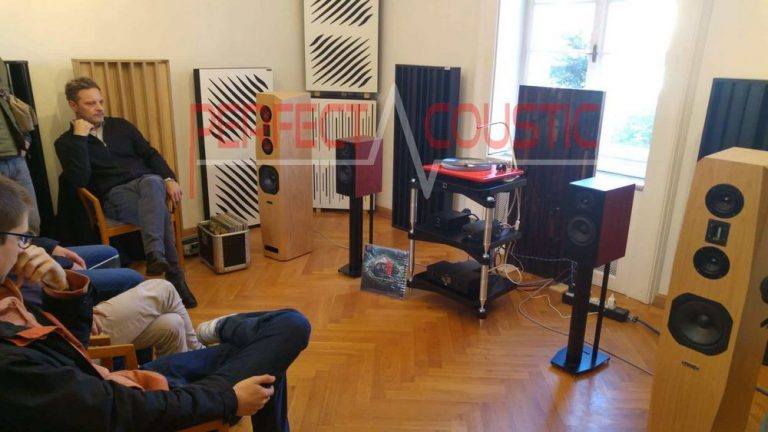The importance of acoustics
In my opinion, the value we deal with in acoustics is close to zero. But the acoustics are an inevitable and integral part of our lives!
In this statement, I mean not only listening to music and watching movies but generally every day There is no doubt that the human voice is a part of acoustics, though few people think about it, but also that almost everywhere we are surrounded by sounds because we do not live in a silent, “deaf” world!
Most people have already experienced the phenomenon of being in a central location, for example. theater, office, hotel, pub, auditorium, nightclub, etc. where the audience is loud and you can hardly talk, in this case, we can talk about the importance of acoustics!

Is it possible, that perhaps everyone has gone deaf?
Well, it’s not because everyone is deaf or loves to yell, but because the acoustics of the room is really bad.
In recent times, this topic has been more seriously taken, even in the design of buildings, eg. There are areas in the Netherlands where the acoustic design of new buildings is required.
Far fewer have been in such an acoustically well-designed environment. If you only entered such a room once, you could experience how much more relaxed, and comfortable the atmosphere is in such a place, where the human voice sounds, of course, where the external tone sources don’t hurt your ear, whether its film, background noise or even more people talking. It has a very serious impact on our comfort, an acoustically professional and professionally designed room.
That’s why acoustics is a very important part of our environment designers!
Let’s approach it a little more scientifically:
What is acoustics?
Acoustics in itself is a complex discipline. It deals with vibration, sound propagation, and transmission of materials and air.
One of the main branches of acoustics is room acoustics. It deals with sounds in buildings, halls, and every interior space, and possibly infiltrating sounds and all kinds of distortions. This distortion may include attenuation of the sound or reduction of the echo produced there.
-
-
Wall Panel – Diffuser 140x70x8cm235 € – 271 € +Vat
-
Hexagonal acoustic panel -Size: 60x60x6cm52 € – 61 € +Vat
Room acoustics management:
There are basic techniques for acoustic room treatment. These techniques depend to a large extent on the use, size, and function of the room or room. Each room needs a different acoustic treatment. For example, in a theater, suspended ceilings and walls expand in a funnel-like manner toward viewers, thus directing the sound outwards. An example is an acoustic cloud that works in completely different circumstances. The purpose of an acoustic cloud is to absorb and disperse sound, which is highly dependent on material use.
Types of material use:
When it comes to the acoustic cloud, we can talk about a variety of materials, which have many practical applications. Whether we use softer material or hard felt or sound-absorbing cotton used in acoustic panels, we are talking about sound absorption. The sound absorption greatly reduces echo. It reduces the reverberation time.
These materials can be used in most places:
- Studio
- Office
- Room
- Cinema
- Hi-fi acoustics
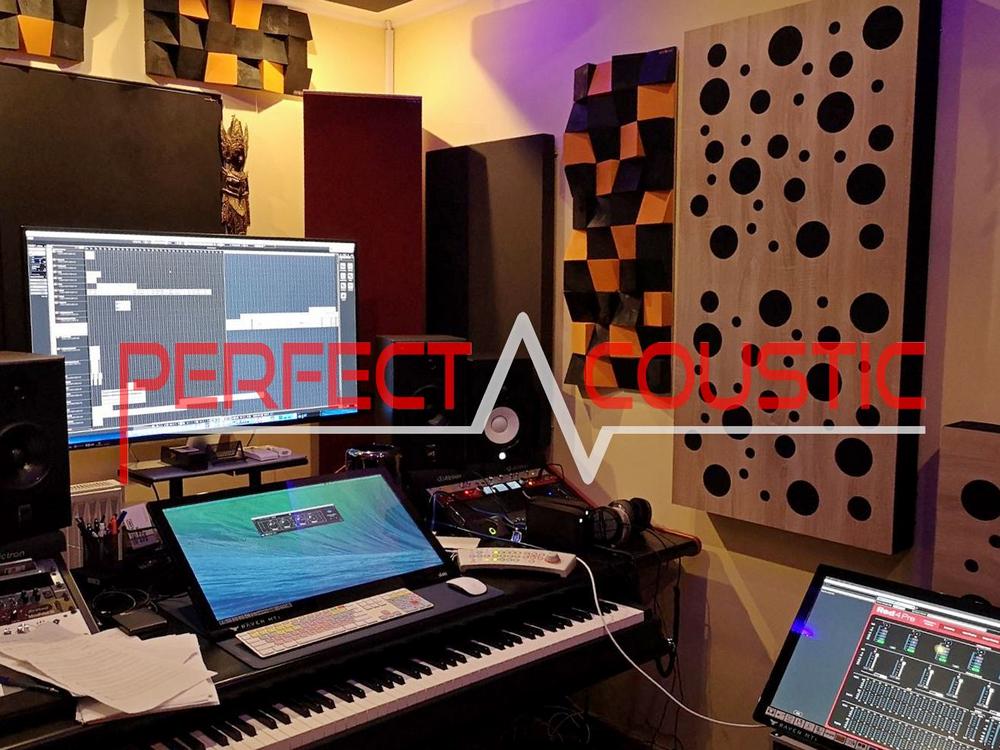
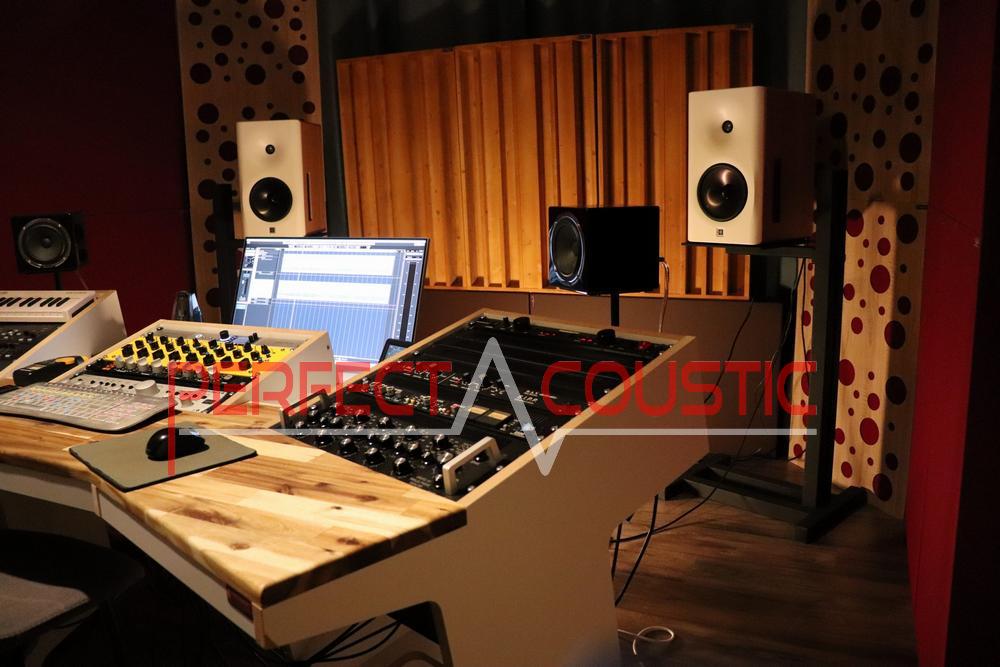
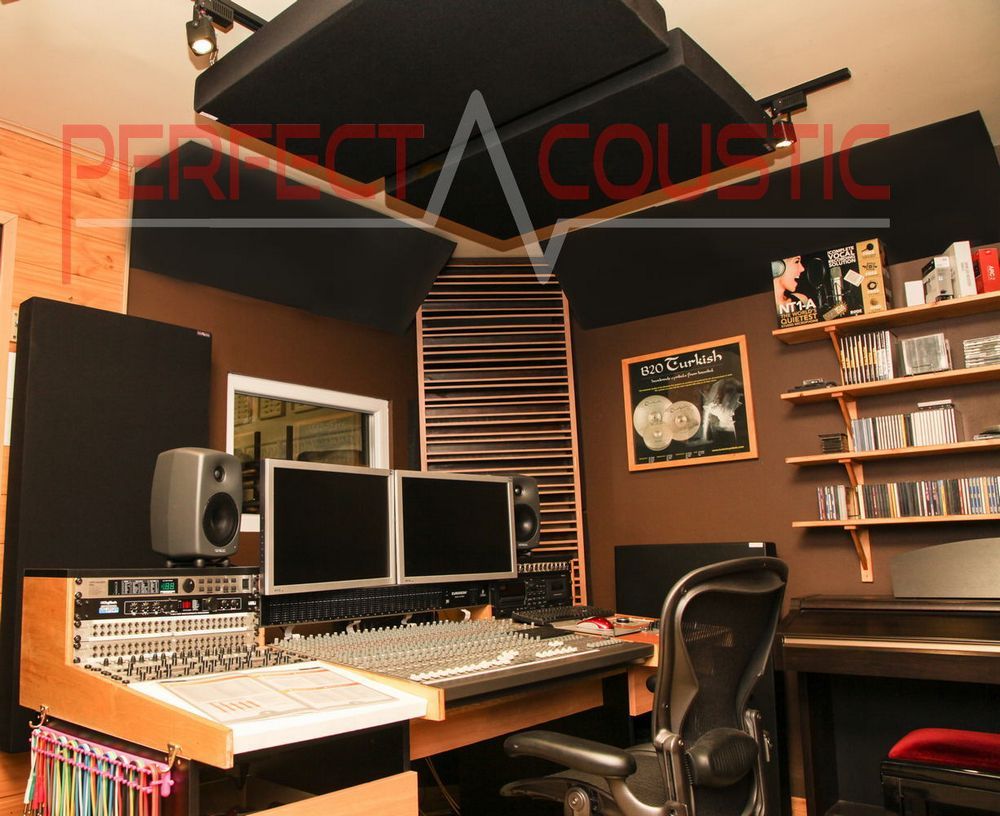
Harder materials in acoustics:
For example, you can use the next materials in most places:
- Wooden acoustic panels
- Acoustic diffusers
- Sound deflector ceiling clouds.
- Optionally metal and plastic perforated pressed acoustic diffusers.
- These types of materials are not only responsible for echo reduction, but they also
- significantly divert, disperse and control sound.
Why is it necessary to disperse sound?
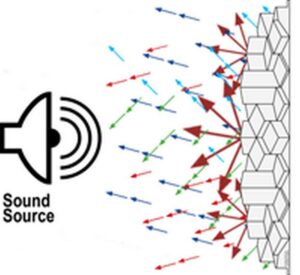
Because it is not always good for sound to be absorbed by acoustic or sound-absorbing panels.
To take a theater as an example, not many people would understand the performance if they had already absorbed the sound on the stage. Therefore, instead of being absorbed, it should be directed outwards to the viewers. Once the sound is expanded, it is further circled with acoustic diffusers built into the ceiling and side walls.
But in a studio, the sound absorption is more present when it comes to acoustics. One of the studio’s most important roles is to achieve a more even sound. We can only achieve this with combined materials!
What are these materials?
- Bass Traps (for absorbing bass sounds)
- Broadband acoustic panels for high mid and low bass absorption.
- Acoustic membranes dampen only bass frequencies. It is already frequency dependent.
- Once we have approached the smooth transmission of sound, the acoustic diffusers are coming.
In studio acoustics, diffusers play a key role, covering reflection points, and in this case, dispersion of sound
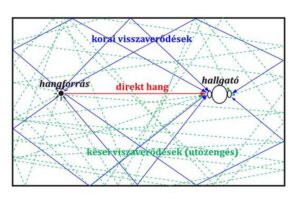
What would happen if we didn’t cover these points?
There would be uneven phase delay sound. As a result, our sound will not be clear!
The sound bouncing back and forth repeatedly in one second can make a nasty echo. Even when our room has reached the reference reverberation.
Take the last example:
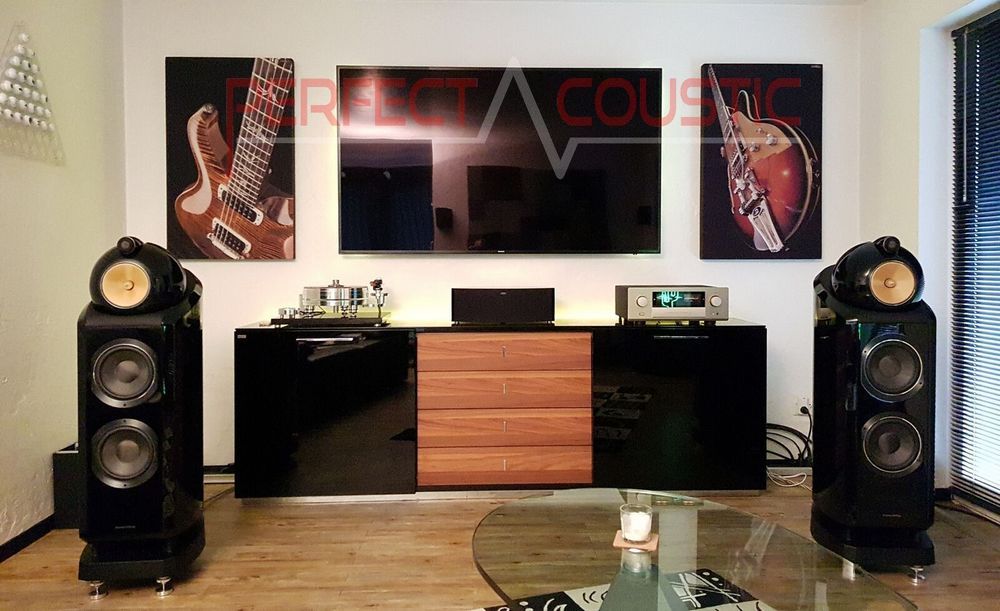
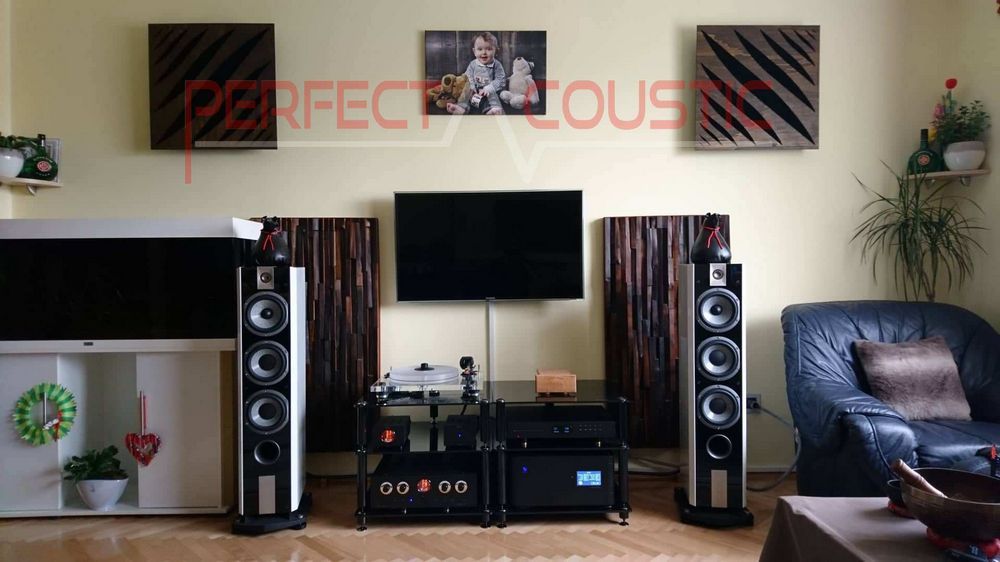
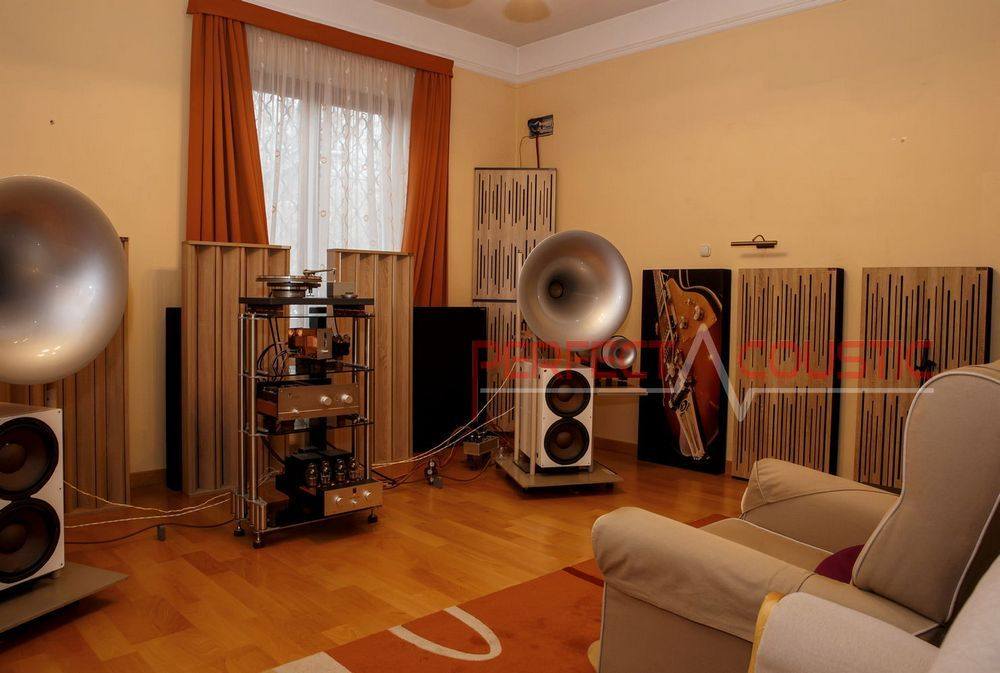
His room is acoustic!
One of the important roles of the hi-fi room is the high-quality audio feedback, to achieve the sound that the author dreamed and played on the disc, that every hi-fi fan tries to dream of and approach. Of course, this is very difficult to create. Acoustics is no longer enough here. He is heavily involved in creating a high-end sound:
- amplifier
- speakers
- player
- DAC
- cables
- stands
- cones
- annexation
- etc.
Although high-end obsessed with manic swapping, they never reach nirvana. They can never sit back knowing they have been almost done.
Why is that?
Because they have bad acoustics in almost all cases. Therefore they exchange and wait for redemption. But after the first enthusiasm, they look at the next victim.
-
Skyline diffusers 60x60x14cm118 € +Vat
-
Giga bass panel with membrane94 € – 129 € +Vat
-
Absorption panels with diffuser-Two in one62 € – 296 € +Vat
So if they first started with acoustics, they wouldn’t have such a problem.
His room acoustics, that’s why it is so different from other room acoustics. One of the most important here is the mapping and 3D sound. This cannot be achieved without acoustic diffusers. The location of the acoustic panels is very important for Hifi acoustics. If you place a sound-absorbing panel in the wrong place, for example, between the speakers, you will kill the stage image. There will be no space behind the speaker either. If you skip the reflection points behind the speakers, the music will also play in one plane along the speakers. Therefore, it is important to position the smooth acoustic panel and the acoustic diffuser. When we try to absorb the bass, we always start in the corner. It is true for all rooms but especially for the hi-fi room! There are some room equalizer applications, but these alone are not enough.
Is there an ideal acoustic for a hi-fi room?
I could say there is no such thing.
Why?
Because every room is different and every room is different in size and made of different materials.
But if we don’t look at it like that, then there is a general first rule:
The basic thing is to put a corner element in the corners, with a wood membrane, completely to the ceiling.
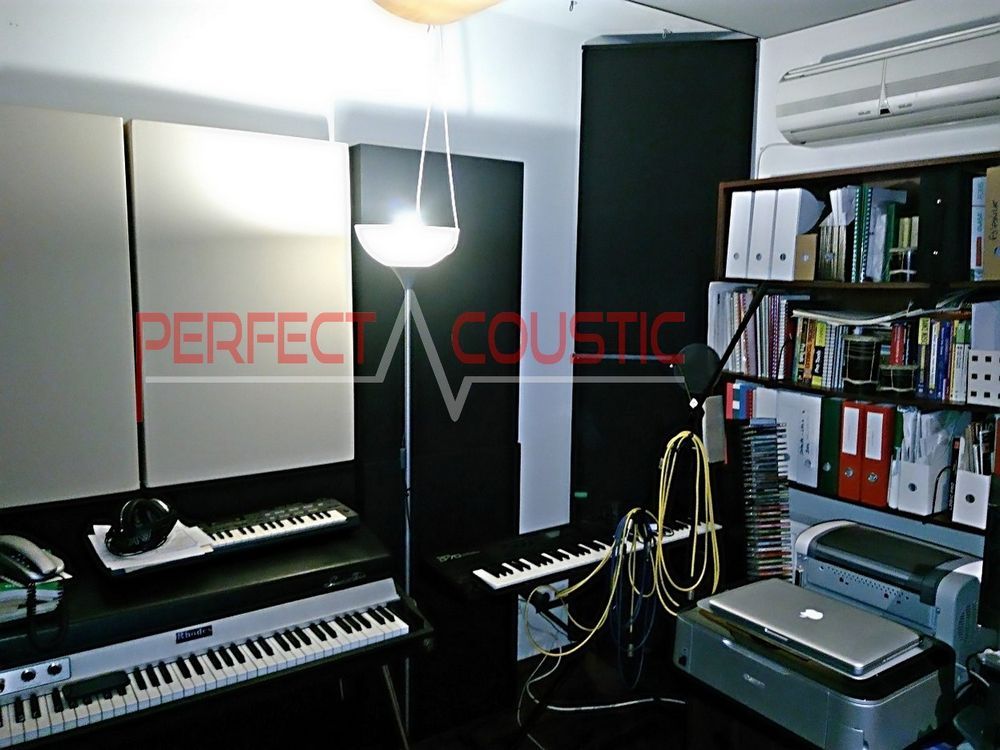
Why does the ceiling?
As I wrote above, let’s try to minimize the reverberation time in the corners. So, reduce the depths to give more space to the side walls. Especially when it comes to a living room. There are barely enough acoustic panels in the room.
If there is enough space, then let’s start behind the speaker. Behind the loudspeakers, it is advisable to use a large, heavy-type acoustic diffuser.
Eg: QRD diffuser
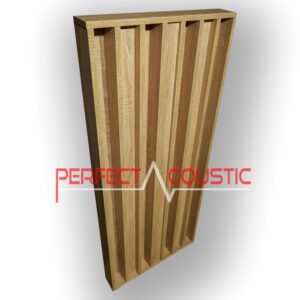
Then there may be a section between the speaker and the audible. Let’s try to look at this wing mirror. If you can see the speaker in the mirror, you have to put one more diffuser up there.
It is worth asking for help with this operation. If a cabinet or chest of drawers is in the way, use a smaller acoustic diffuser at ear height.
Eg: a pyramid acoustic diffuser
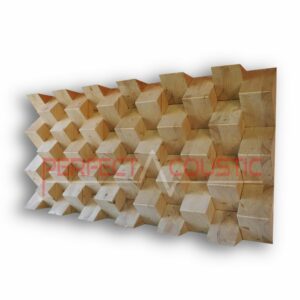
pyramid acoustic diffuser natur
Then there may be a part behind the listener.
If you are sitting near the wall due to its location, use a diffuser front acoustic panel:
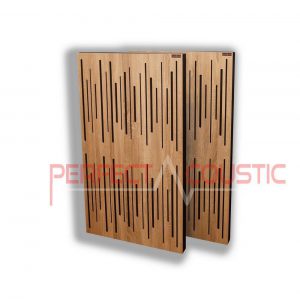
If we have more space, we should put a diffuser there. The bigger the surface, the better. The next primary reflection point should be the ceiling. Ceiling brings more benefits to most people than any panel below. It’s true nobody likes the ceiling, but it’s worth it.
For the ceiling using a broadband acoustic panel or diffuser front panel:
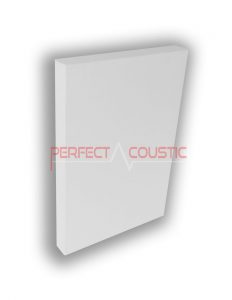
Because there is no furniture on the ceiling, there are a lot of basses and echo. This is most easily done with sound-absorbing panels.
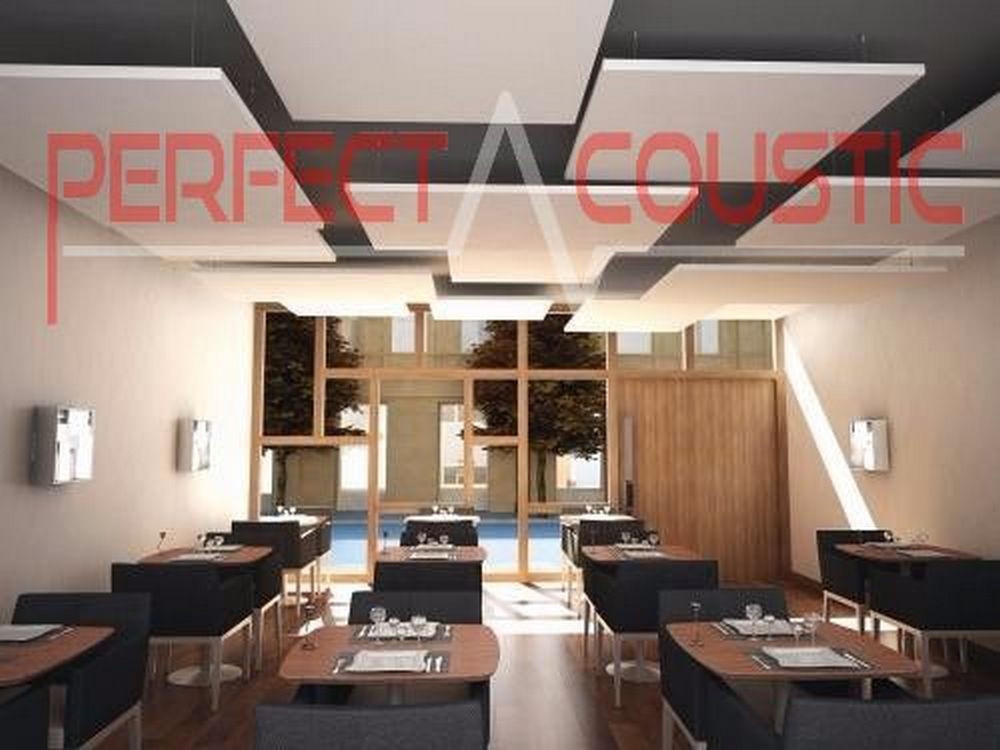
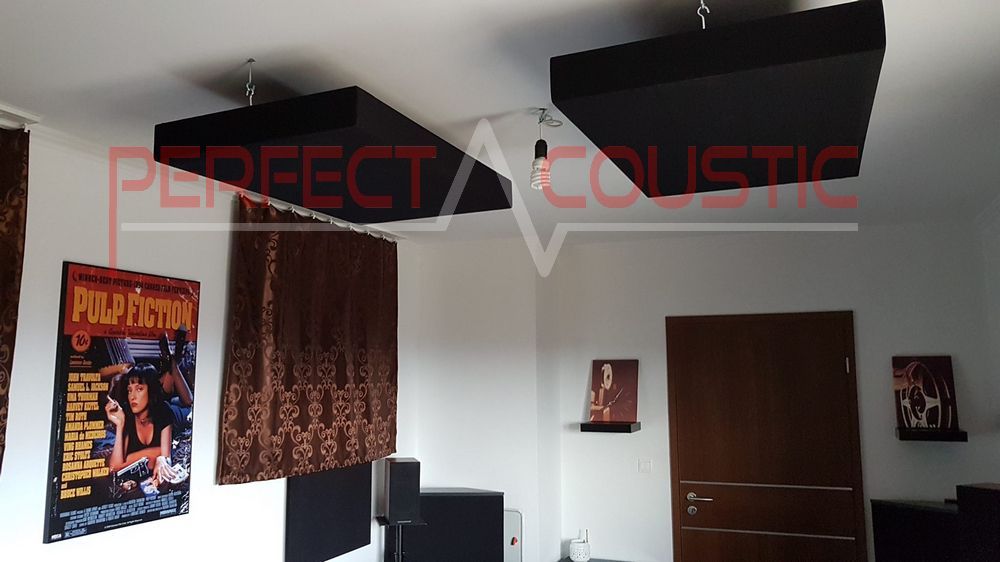
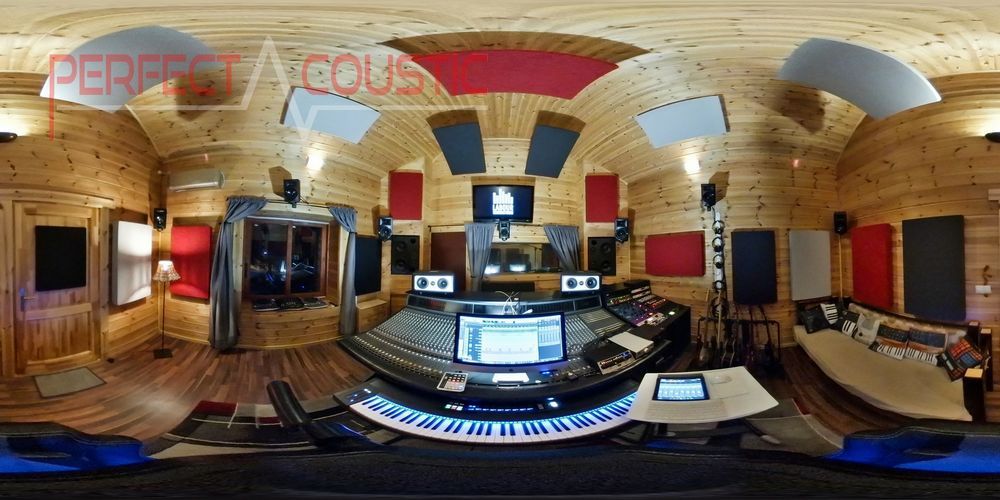
Ceiling panel location calculation:
Take the point between the speakers and the listener. Virtually draw a line between the speaker and your ear. If we have it, we will halve it. This is how we got the center of the acoustic panel. Of course, you need to mark that point on the ceiling. If the acoustic panels are placed on the ceiling, they do not have to be in a triangle as well, they would look quite funny.
One of the most important parts of acoustics is the reflection points
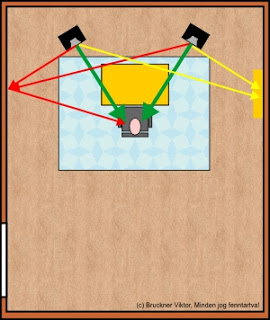
If we are with the primary reflection point, then the secondary reflection points can come.
What are the primary and secondary reflection points?
Primary reflection is called when the sound coming out of the speaker reaches our ears with a click.
Alternatively, secondary reflection is when the sound from the speaker reaches your ear after 2 touches or the sound from a distant speaker is bounced across.
-
Sound traps with diffuser- If a good look is important146 € – 155 € +Vat
-
Flexi acoustic panel with adjustable wooden slats194 € – 287 € +Vat
-
Wall art panels87 € – 183 € +Vat
It is advisable to place a sound absorption panel at a secondary reflection point. In this case, it is worth relying on the ear if you do not have a measuring microphone. Because sound balance is very important here, material choice is important. If you used it in combination with a diffuser front panel acoustic panel and a sound absorbing panel, you cannot overcool the room. Of course, as I wrote at the beginning, this is not good for every room, but mostly these are the basic points and acoustic panels that are worth and should be used.
The science of physics defines sound as a mechanical wave propagating in air. In physics classes, we also learn about sounds, their propagation speed, and other information about tones. In addition to environmental pollution, noise pollution can also cause serious problems. Unfortunately, this is not new. According to the current state of science, the extent and amount of mechanics and environmental noise are constantly increasing. Surveys also support this fact. Mechanical and environmental noise hurt our bodies This is why it is necessary to attenuate the noise. Acoustic products have many applications.
-Happy Sunday!
Written by Róbert Polgár SzG
